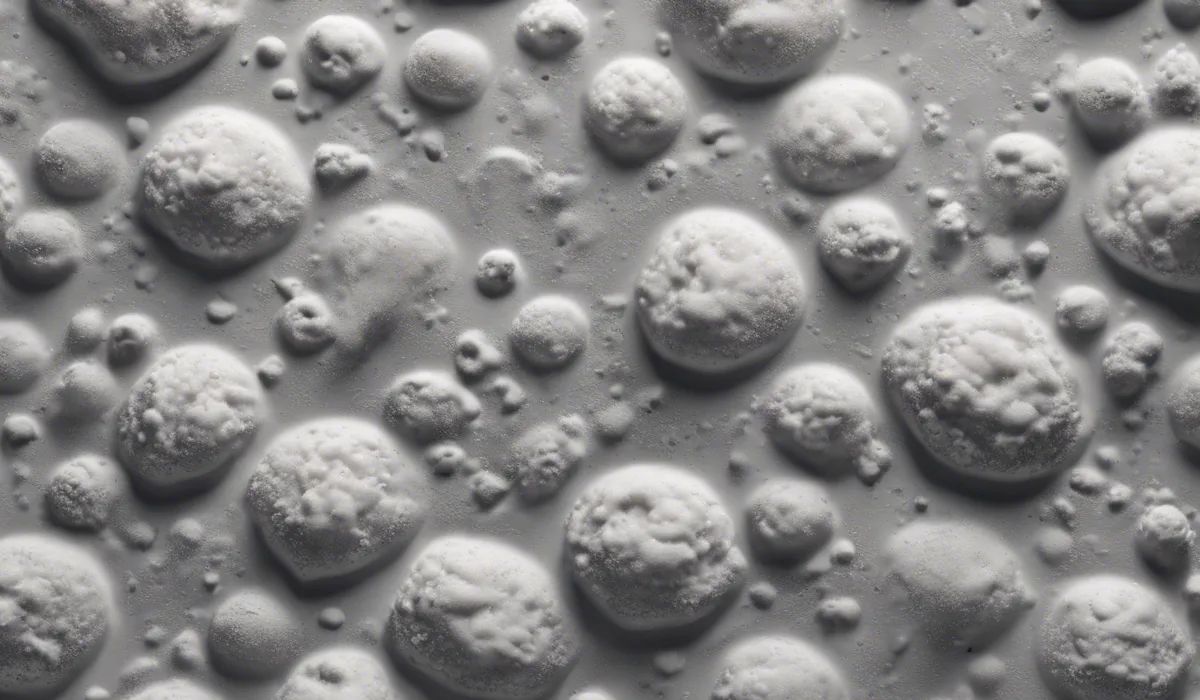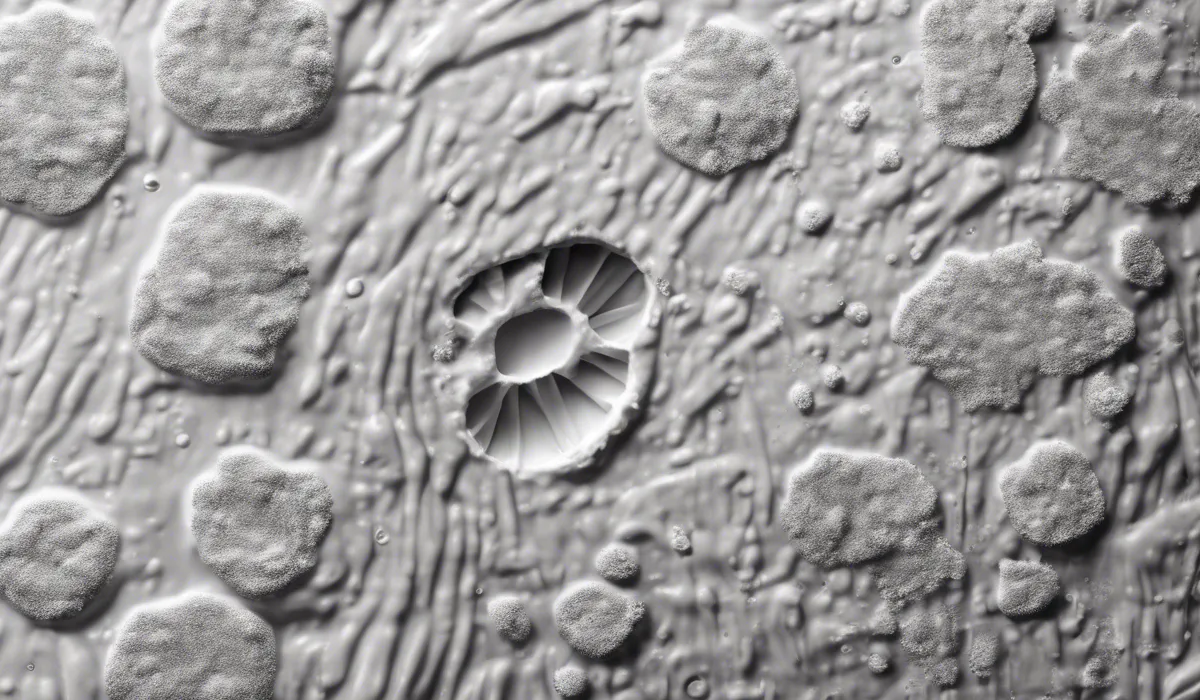If you touch mold, you may experience skin irritation or an allergic reaction. It’s important to wash the area with soap and water immediately. Avoid touching mold with bare hands; use gloves for protection. If symptoms persist, seek medical advice.
Health Risks of Touching Mold

Explanation of What Mold Is: A Brief Overview
Mold is a type of fungus that grows in damp environments. It reproduces by releasing tiny spores into the air.
These spores can land on surfaces and start new mold growth if the conditions are right. Mold can be different colors, like black, green, or white.
It often looks like a stain or smudge and can smell musty. Mold is important in nature because it breaks down dead plants and trees. However, it can cause problems when it grows in our homes.
Types of Mold Commonly Found in Homes
There are many types of mold, but some are more likely to grow in our homes. The most common ones are Cladosporium, Penicillium, and Aspergillus.
Stachybotrys, also known as black mold, is less common but can be more dangerous. These molds can grow on walls, ceilings, and floors, especially in places like bathrooms and basements where it is moist.
Immediate Physical Reactions to Touching Mold
Skin Irritation and Rashes
When you touch mold with your bare skin, you might get a red, itchy rash. This happens because your skin can get irritated by the mold.
It is important to wash any mold off your skin right away with soap and water.
Allergic Reactions
Some people are allergic to mold. If they touch it, they may start to sneeze, have a runny nose, or get watery eyes.
In some cases, the allergic reaction can be more serious, and they might have trouble breathing.
If you know you are allergic to mold, it is best to stay away from it and let someone else clean it up.
Potential Respiratory Issues from Mold Exposure
Asthma Exacerbation
If you have asthma, mold can make it worse. Breathing in mold spores can cause asthma attacks.
This means you might cough, wheeze, or have trouble breathing. It is very important to keep your home free of mold if you have asthma.
Development of Allergic Rhinitis
Being around mold can also lead to allergic rhinitis. This is when the inside of your nose gets swollen because of an allergy.
Symptoms include sneezing, a stuffy nose, and itchy eyes. It is similar to having a cold, but it is caused by allergies instead.
Long-term Effects of Mold Exposure
Possible Risks of Mycotoxin Exposure
Some molds can make toxins called mycotoxins. These can be harmful if you breathe them in over a long time.
They can make you feel tired, have headaches, or even affect your memory. In very serious cases, they can harm your liver or nervous system.
It is rare, but it is one reason why getting rid of mold in your home is important.
Chronic Health Conditions Related to Mold
If you are around mold a lot, it can lead to long-term health problems. Some people might get chronic bronchitis, which is when your bronchial tubes get inflamed.
Others might develop hypersensitivity pneumonitis, which affects your lungs. These are serious health issues that can make you feel sick and can be hard to treat.
Safety Precautions When Handling Mold

Importance of Protective Gear
Gloves
When you clean mold, always wear gloves. This keeps your skin safe from irritation. The gloves should be long enough to cover your wrists.
After you are done cleaning, throw the gloves away if they are disposable or wash them if they are not.
Masks
Wearing a mask is important when dealing with mold. It helps stop you from breathing in the mold spores.
A mask that covers your nose and mouth is a good choice. Make sure it fits well so that the spores cannot get in.
Eye Protection
Protect your eyes with safety glasses or goggles. This way, mold spores cannot get into your eyes and cause irritation or an allergic reaction.
Proper Cleaning Methods to Minimize Mold Contact
Use of Mold-Killing Solutions
There are special solutions you can use that kill mold. Bleach and water can work, but there are also other cleaners made just for mold.
Follow the instructions carefully and make sure the room is well-ventilated.
Recommendations for Cleaning Small vs. Large Areas
If you have a small area of mold, you can probably clean it yourself. But if it is a big area, like if it covers more than 10 square feet, you should get help from a professional.
They have the right tools and knowledge to do the job safely.
When to Call a Professional?
Severity of Mold Infestation
If you have a lot of mold, or if it keeps coming back after you clean it, you might need a professional. They can find out why you have mold and help get rid of it for good.
Health Implications
Some people should not be around mold because it can make them sick. This includes people with allergies, asthma, or other health problems.
If you or someone in your family is at risk, it is best to let a professional handle the mold.
Dealing with Mold Exposure

Immediate Steps to Take After Touching Mold
Washing the Affected Area
If you touch mold, wash your skin right away with soap and water. This will help remove the mold and stop it from causing a rash or an allergic reaction.
Monitoring for Signs of Allergic Reaction
After you have touched mold, keep an eye out for signs of an allergic reaction. This could be a rash, itchy eyes, or trouble breathing. If you notice any of these signs, you might need medical help.
When to Seek Medical Attention?
Symptoms to Watch Out For
If you have a rash that does not go away, trouble breathing, or if you feel very sick after touching mold, you should see a doctor.
They can help you feel better and tell you how to stay safe from mold in the future.
Preventing Mold Growth to Avoid Future Contact
Controlling Humidity Levels
Keep your home dry to stop mold from growing. Use a dehumidifier if it is very humid and always fix leaks right away. Keeping humidity levels below 50% is a good rule to follow.
Regular Cleaning and Maintenance
Clean your home often to avoid mold growth. Pay special attention to bathrooms and basements. If you see mold starting to grow, clean it right away before it gets bigger.
Identifying and Fixing Leaks or Dampness Promptly
Leaks can lead to mold. If you see water spots or if something is wet, find out where the water is coming from and fix it. This will help keep your home mold-free.
FAQs About Touching Mold
What immediate effects might I experience if I touch mold?
If you touch mold, you may experience skin irritation or an allergic reaction such as redness, itching, or swelling.
What should I do immediately after touching mold?
Wash the affected area with soap and water immediately to remove any mold particles.
Is it safe to touch mold with bare hands?
No, it’s not safe. You should avoid touching mold with bare hands and use gloves for protection.
What long-term symptoms should I watch for after touching mold?
If symptoms like skin irritation persist or if you experience respiratory issues, seek medical advice.
Can mold exposure through skin contact cause serious health issues?
While skin contact with mold can cause irritation or allergic reactions, serious health issues are typically related to inhalation.
However, individuals with weakened immune systems or mold allergies should be cautious and consult a healthcare provider if exposed.
Final Thoughts
Touching mold can lead to skin irritation or allergic reactions. It is crucial to immediately cleanse the affected area with soap and water.
For safety, always use gloves to avoid direct contact with mold. Persistent symptoms after exposure should be addressed by seeking professional medical advice.
